 1983 BMW 7 Series (E23, facelift 1983) Dimensions, Size & Specs
1983 BMW 7 Series (E23, facelift 1983) Dimensions, Size & SpecsMeasurements of the 1983 BMW 7 Series, engineered for optimal performance and comfort
| Dimensions | |
|---|---|
| Length: | 4860 mm191.3 in15.9 ft |
| Width: | 1800 mm70.9 in5.9 ft |
| Height: | 1430 mm56.3 in4.7 ft |
| Ground Clearance: | 132 mm5.2 in0.4 ft |
| Trunk Capacity: | 480 liter17.0 cu ft |
| Weight Specifications | |
| Curb Weight: | 1470-1590 kg3241-3505 lbs |
| Maximal permitted Weight: | 1980-2100 kg4365-4630 lbs |
| Tire Specifications | |
| Rims Sizes: | 14-inch rims:
|
| Tire Sizes: |
|
The BMW 7 Series (E23), facelifted in 1983 and produced until 1986, represents a significant chapter in BMW's luxury sedan lineage. This model generation continued to exemplify BMW's commitment to blending elegant design with advanced engineering during the early 1980s. Measuring 4860 mm (191.3 inches) in length, 1800 mm (70.9 inches) in width, and 1430 mm (56.3 inches) in height, the E23 facelift offered a spacious yet streamlined sedan profile, providing a strong road presence without appearing overly bulky. Curb weight ranged from 1470 kg to 1590 kg (3241 to 3507 lbs), reflecting variations in engine options and equipment. The maximum permissible weight stood between 1980 kg and 2100 kg (4366 to 4629 lbs), ensuring robust load-carrying capabilities suitable for both daily use and long journeys. Storage was practical with a generous luggage capacity of 480 liters (16.95 cubic feet), ideal for luxury travel and long trips. The vehicle’s ground clearance was set at 132 mm (5.2 inches), balancing comfort with handling precision on a variety of road conditions. Wheel size options included 14-inch rims with dimensions of 6.5J x 14, paired with tire sizes ranging from 195/70 R14 to 205/70 VR14 and 195/70 HR14, optimizing grip and ride quality for a premium driving experience. Overall, the BMW 7 Series E23 facelift maintains its reputation as a classic luxury sedan offering sizable interior space, practical load capacity, and well-calibrated driving dynamics for its era.
Discover the standout features that make the 1983 BMW 7 Series a leader in its class
Have a question? Please check our knowledgebase first.
The BMW 7 Series (E23, facelift 1983) measures 4860 mm (191.3 inches) in length, 1800 mm (70.9 inches) in width, and 1430 mm (56.3 inches) in height. These dimensions reflect its classic luxury sedan proportions, providing ample interior space while maintaining a stately exterior presence.
The curb weight of the BMW 7 Series (E23, facelift 1983) ranges between 1470 to 1590 kilograms (approximately 3241 to 3507 pounds). The maximum weight, which includes passengers and cargo, falls between 1980 to 2100 kilograms (about 4365 to 4629 pounds). This weight range is typical for a luxury sedan of its era, balancing performance and comfort.
The BMW 7 Series (E23, facelift 1983) offers a luggage capacity of 480 liters (around 16.9 cubic feet). This capacity is sufficient to accommodate several large suitcases or multiple bags, making it a practical choice for long trips or extended travels where storage space is necessary.
This 7 Series generation has a ride height or ground clearance of 132 mm (5.2 inches). Such ground clearance is fairly typical for luxury sedans, allowing for comfortable city and highway driving, though caution should be exercised on very rough roads or steep inclines to avoid scraping.
This BMW 7 Series facelift is compatible with 14-inch rims, specifically 6.5J x 14 in size. Tire options include 195/70 R14, 205/70 R14, 195/70 HR14, and 205/70 VR14 sizes, providing flexibility for performance and comfort preferences typical for the model's production period.
Yes, the BMW 7 Series (E23, facelift 1983) fits into a standard garage. With a width of 1800 mm (70.9 inches) and height of 1430 mm (56.3 inches), it comfortably fits within the dimensions of common residential garages, which typically accommodate vehicles up to around 2.5 meters (98.4 inches) wide and 2 meters (78.7 inches) tall.
Compared to the pre-facelift E23 (1977-1982), the 1983 facelift version maintained similar overall dimensions, with length at 4860 mm and width about 1800 mm. However, the facelift brought design and feature updates that enhanced luxury and driving dynamics while preserving the familiar size and comfortable interior volume.
The BMW 7 Series (E23, facelift 1983) is competitive in size among luxury sedans of that era. Its length of 4860 mm (191.3 inches) is comparable to contemporaries such as the Mercedes-Benz S-Class W126 and Audi V8, placing it firmly in the upper mid-size to full-size segment. Width at 1800 mm (70.9 inches) and a sturdy curb weight reinforce its status as a substantial and commanding executive sedan.
Despite its sizeable exterior dimensions, the BMW 7 Series (E23, facelift 1983) offers a spacious and comfortable interior for five to six passengers. The design optimized cabin space with generous legroom and headroom, especially in front and rear seats, typical of flagship executive sedans. This focus on passenger comfort was a hallmark of the 7 Series.
With a length of 4860 mm (191.3 inches) and width of 1800 mm (70.9 inches), the BMW 7 Series (E23, facelift 1983) requires some attention when parking in tight urban environments. Its size may limit maneuverability in narrow spaces, but typical city driving and parking facilities designed for executive sedans accommodate it well. Drivers should also consider the turning radius customary for luxury sedans from the 1980s.
Discover similar sized cars.

| Production: | 1998-2007 |
|---|---|
| Model Year: | 1999 |
| Length: | 4861 mm191.4 in |
| Width: | 1819 mm71.6 in |
| Height: | 1441 mm56.7 in |
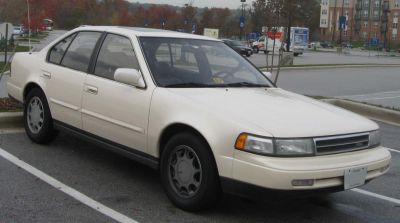
| Production: | 1988-1995 |
|---|---|
| Model Year: | 1989 |
| Length: | 4780 mm188.2 in |
| Width: | 1760 mm69.3 in |
| Height: | 1405 mm55.3 in |
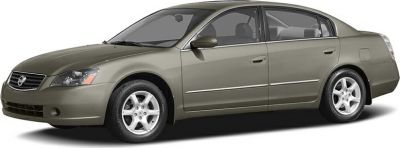
| Production: | 2002-2006 |
|---|---|
| Model Year: | 2002 |
| Length: | 4860 mm191.3 in |
| Width: | 1790 mm70.5 in |
| Height: | 1470 mm57.9 in |
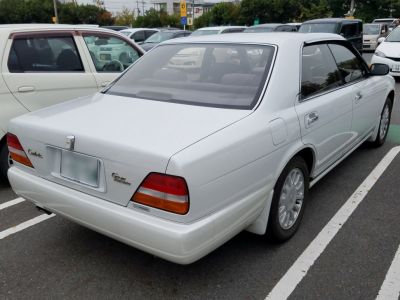
| Production: | 1993-1995 |
|---|---|
| Model Year: | 1994 |
| Length: | 4800 mm189.0 in |
| Width: | 1745 mm68.7 in |
| Height: | 1410 mm55.5 in |
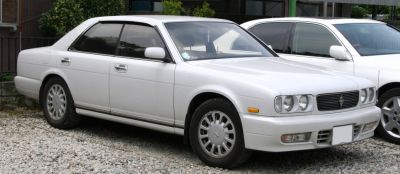
| Production: | 1991-1995 |
|---|---|
| Model Year: | 1992 |
| Length: | 4780 mm188.2 in |
| Width: | 1745 mm68.7 in |
| Height: | 1410 mm55.5 in |
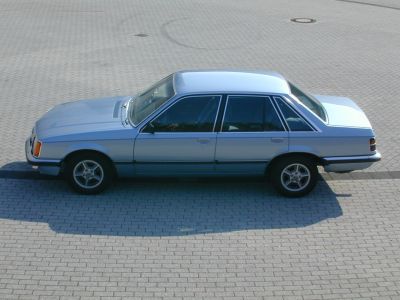
| Production: | 1978-1982 |
|---|---|
| Model Year: | 1978 |
| Length: | 4811 mm189.4 in |
| Width: | 1728 mm68.0 in |
| Height: | 1415 mm55.7 in |
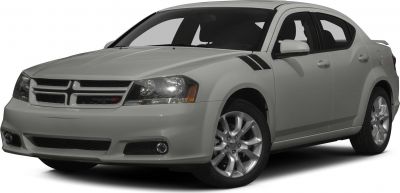
| Production: | 2010-2014 |
|---|---|
| Model Year: | 2011 |
| Length: | 4892 mm192.6 in |
| Width: | 2064 mm81.3 in |
| Height: | 1483 mm58.4 in |
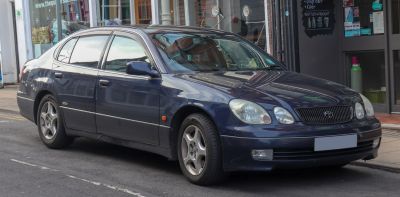
| Production: | 1997-2005 |
|---|---|
| Model Year: | 1998 |
| Length: | 4865 mm191.5 in |
| Width: | 1800 mm70.9 in |
| Height: | 1435 mm56.5 in |
